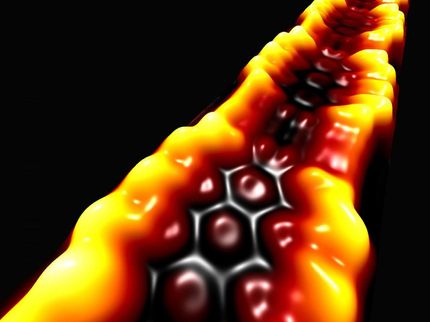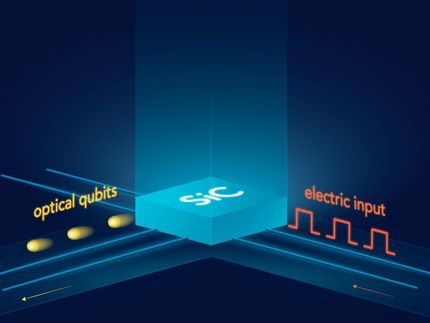Moving beyond graphene
Getting closer to optimize 2D materials
Chemists are working to synthesize the next generation of super materials for high-performance electronics, solar cells, photodetectors and quantum computers. While they have made progress with compound materials, they have not yet succeeded in developing unaltered or "freestanding" materials for such devices, according to a review.
Graphene is a carbon material derived from graphite, the same type of material found in pencils, but it is arranged in a one-atom-thin honeycomb lattice. Discovered in 2004, graphene's two-dimensional arrangement gives it "extraordinary" properties, including extreme strength and "marvelously high" electron conductivity.
However, the tight lattice lacks a semiconducting bandgap, which is essential for electronic devices. Therefore, scientists have been hunting for alternative materials that have bandgaps, but still have a graphene-like structure.
Much focus has been placed on graphene quantum dots, which are small segments of graphene, about 10 to 100 nm carbon hexagons across and less than 30 atomic sheets thick. To make the dots behave more like 2D graphene, research teams have added other molecules to change the structure and function of the material.
For example, one team attached molecular groups containing nitrogen to graphene quantum dots. They found that different molecular combinations altered the electronic structure of the quantum dot in unique ways. This shifted the color of light the material produced when exposed to electricity, which is useful for light emitting diodes and photodetectors. Several teams have built and tested photodetectors using graphene quantum dots with success. The material has also been shown to improve the performance of dye-sensitized solar cells.
Researchers are also investigating silicon and germanium analogs of graphene, called silicene and germanene, and their respective hydrogenated forms, silicane and germanane. They are testing how different preparation methods and structures, such as multiple layers and added molecules, affect performance for potential electronic or photonic devices.
While silicene and germanene have not been prepared without added molecules so far, the modified materials strongly resemble the 2D materials theoretically predicted. Understanding the properties of the modified materials is a "good starting point" for developing future nanomaterials, according to the paper authors.
Ultimately, the reviewers, led by Hideyuki Nakano of Toyota Central R&D Labs in Japan, are optimistic that electronic devices and energy storage materials could be developed using these materials in the near future.
Original publication
Other news from the department science

Get the chemical industry in your inbox
By submitting this form you agree that LUMITOS AG will send you the newsletter(s) selected above by email. Your data will not be passed on to third parties. Your data will be stored and processed in accordance with our data protection regulations. LUMITOS may contact you by email for the purpose of advertising or market and opinion surveys. You can revoke your consent at any time without giving reasons to LUMITOS AG, Ernst-Augustin-Str. 2, 12489 Berlin, Germany or by e-mail at revoke@lumitos.com with effect for the future. In addition, each email contains a link to unsubscribe from the corresponding newsletter.




























































